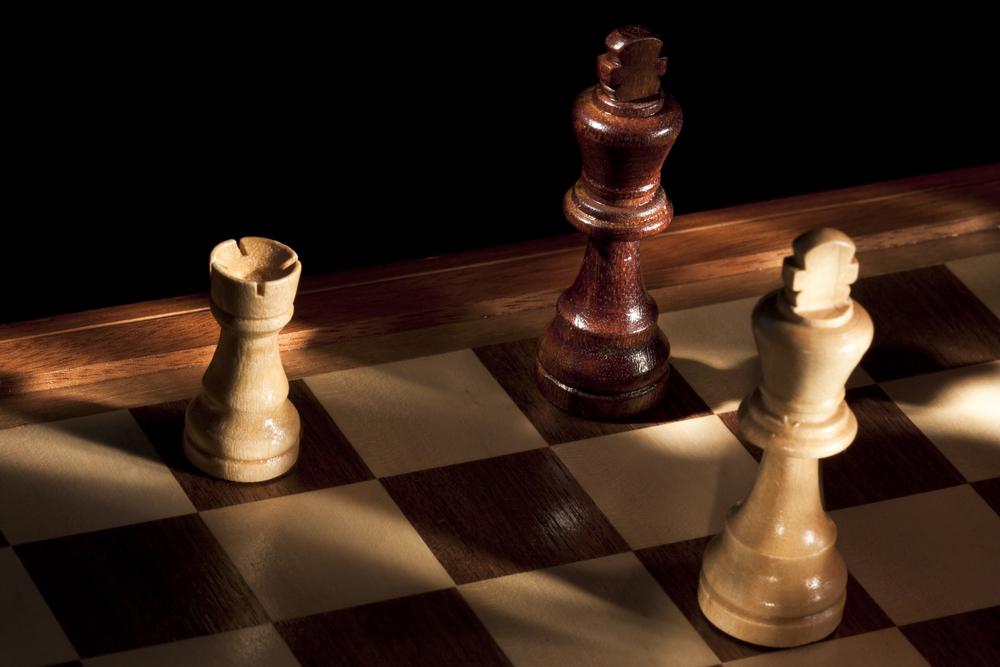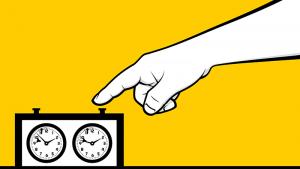
Understanding The Back Rank
More than a decade ago, I took part in a small open tournament at a local chess club. After winning the first game in rather one-sided fashion, I became convinced that the next five games would follow an identical trajectory. In round two, I reached the following position:
White is a piece to the good, and the simple 1.g3 would instantly decide the game in my favor. But I figured that such prophylactic measures were wholly unnecessary, and snagged the pawn with 1.Rxf7. After 1...Rb1+, my confidence quickly melted away and the tears started to come.
Of course, this story has a moral: the importance of back-rank safety cannot be overstated.

While immediate back-rank threats are usually easy to see, it is often difficult to sense the peril from afar, especially if there are still heavy pieces occupying the back rank. But as we are about to see, failure to do so may entail lethal consequences!
No article on back-rank safety would be complete without revisiting the following well-known brilliancy.
Mr. Adams deserves the highest praise for his tactical genius, but the cynic inside me points out that Torre was outrageously cooperative. Starting with move 11, he had no fewer than four (!) opportunities to play ...h6, creating much-needed luft for the monarch and rendering the ensuing combination impossible.
In the next game, the dangers of this so-called "back-rank procrastination" are once again put on full display.
Take note: even though White's king had an escape square on f2, the dark-squared bishop played the unfortunate role of a fourth pawn, blocking that square and enabling a devastating back-rank combination.

The lesson is clear: it is usually worth taking a moment to open a hole for your king, even if this does not appear necessary at the time.
I leave it up to you, dear reader, to prove this maxim true!
In both of these scenarios, the back-rank weakness was quite hard to perceive, and even harder to exploit. Give yourself a pat on the back if you solved both exercises on your first or second try!
Hopefully, this article raised your awareness of a tactical concept that we frequently tend to overlook.






